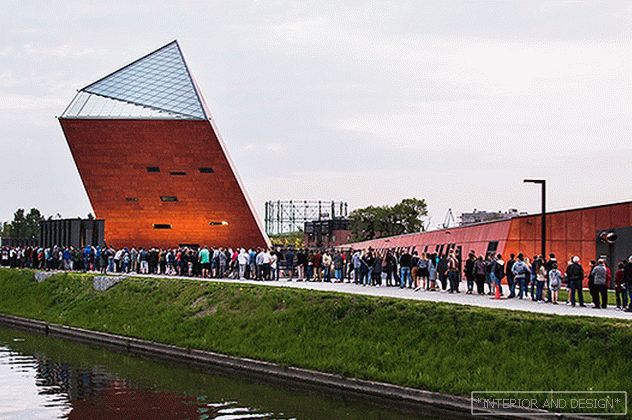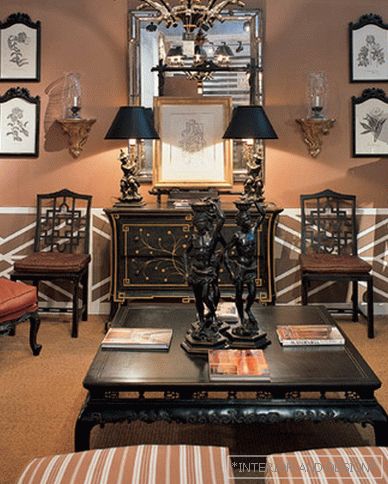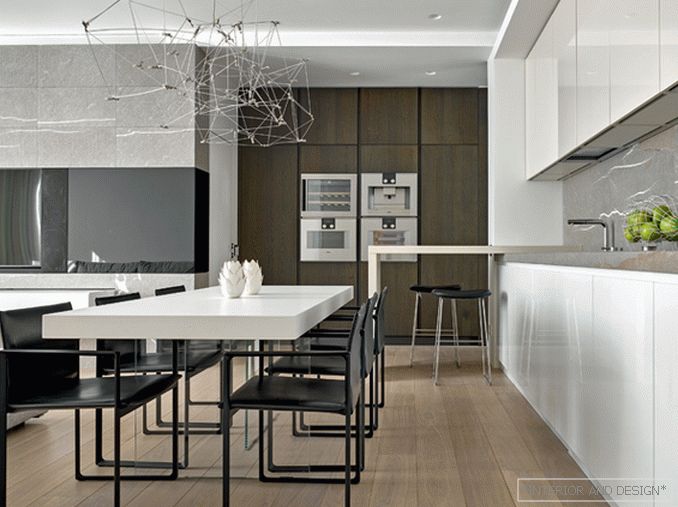This spring in Poland opened a museum dedicated to the most tragic page of European history. His exposition on the Second World War is one of the largest in the world.
By topic: Contemporary architecture of museums: 6 projects of 2017
The museum was built in Gdansk (until 1945 - the free city of Danzig), which was attacked in the early days of the war. It was conceived about 10 years ago, and an international competition for the building project was held in 2010. The concept of the Polish bureau Architektoniczne Kwadrat, chosen by a jury headed by Daniel Libeskind, won.
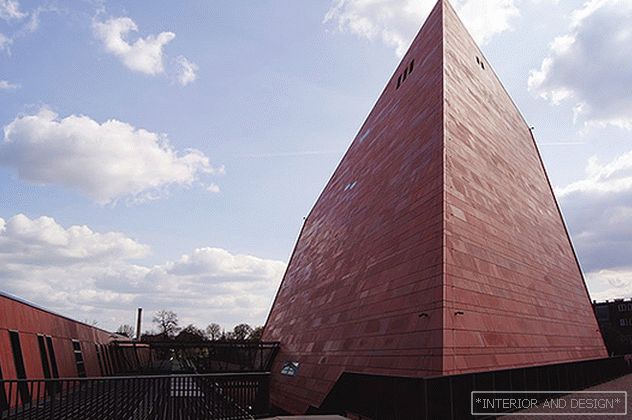

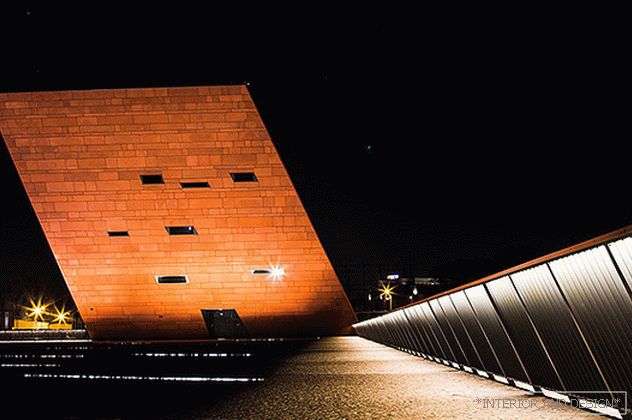

The visual dominant of the project is a tower-trapezium, 40.5 m high. “Plunged” into the ground at an angle of 45 degrees, with one it resembles an unexploded shell, the other a falling house or a submarine cabin. The architects themselves note that in the dark due to the lighting the tower looks like a burning candle. It mainly accommodates administrative departments, as well as conference rooms, a library, a restaurant and a cafe. The exhibition part is hidden underground - on six floors at a depth of 14 meters. The design of the space is deliberately concise: dominated by concrete, steel, wood. Natural light into the corridor that connects the different departments of the exhibition and repeats the outlines of the old Danzig street Grosse Gasse, falls through the windows in the ceiling.
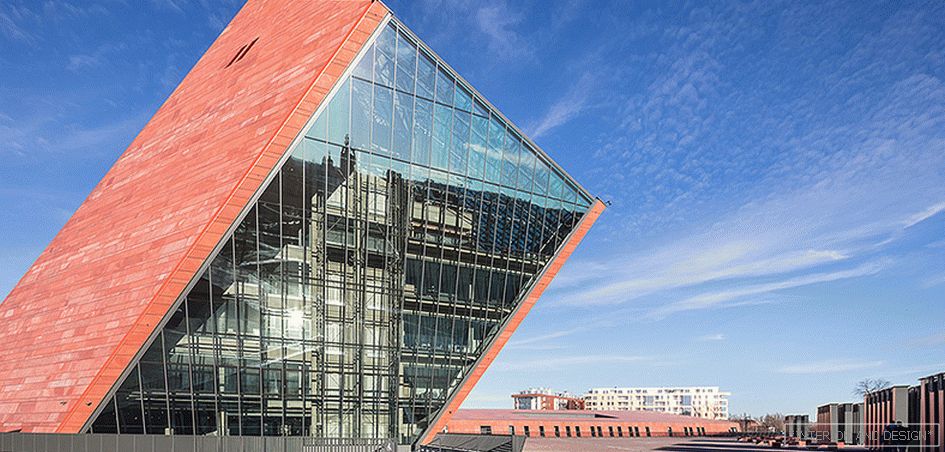
The permanent exhibition of the museum occupies 5,000 square meters. m (another 1000 square meters. M given for temporary exhibitions). There are three main blocks: peace before, during and after the war. They are divided into 18 thematic sections covering significant events of this period. The main focus was on how the horrors of war are perceived by the eyes of an ordinary person.
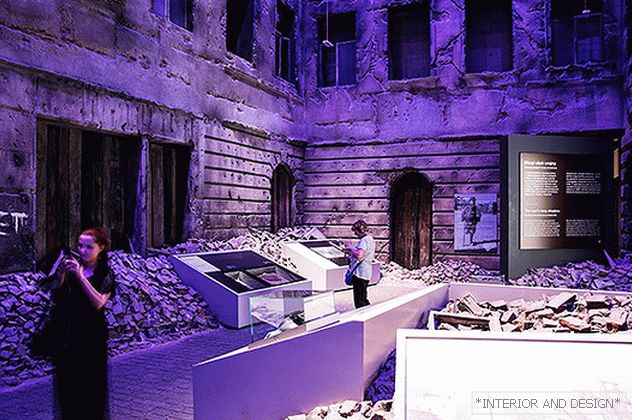
The pre-war Gdansk street was built here, dazzling with shop windows and newsstands. Reproduced furnishings of an apartment with a wall pierced by a shell. There are large objects - for example, the German torpedo and the Soviet tank T34, which were transferred to the pavilions with a crane before building the roof. Installations, photographs, newsreels, interactive stands - altogether more than 30,000 exhibits.
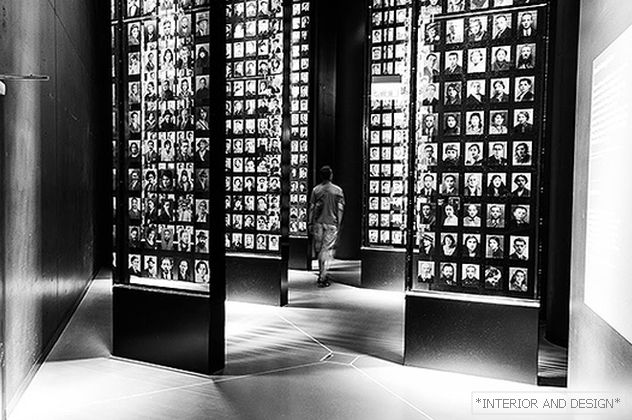
Having just opened on March 23, the museum was in the center of a scandal and under threat of closure. According to the authorities who changed during the construction, the exposition turned out to be too global, and the story of the story was universal, while it should demonstrate the Polish view of events. In April, the museum changed its director, and the Minister of Culture of Poland announced the unification of the Museum of the Second World War with the still-emerging Museum of Westerplatte and the 1939 war.
